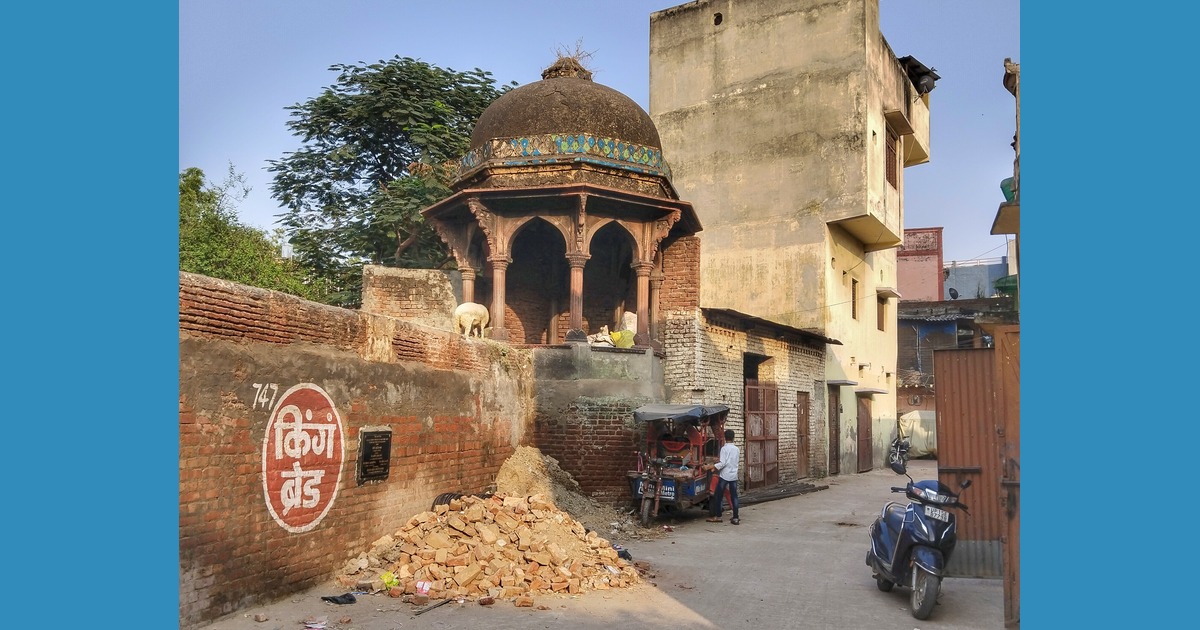
All That Glitters: India and Its Knotty Affair with Gold
India has long been associated with its fervent fascination for gold. The gleam of gold holds a special place in the hearts of the population, intertwining with their social, cultural, and economic fabric. However, this love affair with gold is not without its complexities. Steep prices, high taxation and the persistent issue of smuggling have often cast a shadow on this glittering tradition, resulting in the country's complicated relationship with the precious metal.
Historical and Cultural Significance: The allure of gold in India dates back millennia, deeply entrenched in its history and mythology. From adorning deities in temples to symbolizing wealth and prosperity in weddings, festivals, and rituals, gold has played a pivotal role in the society. The country's affinity for gold extends beyond mere ornamentation; it is deeply ingrained in cultural practices and beliefs, representing purity, auspiciousness, and divine blessings.
In Indian culture, gold transcends its monetary value; it embodies tradition, heritage, and social status. Weddings, in particular, serve as grand showcases of this obsession with gold, where elaborate jewelry sets, passed down through generations, adorn brides as symbols of familial pride and prosperity. Gold also holds significance in religious ceremonies, where offerings of gold to deities are believed to bestow blessings and ensure divine favour.
Economic Implications: Beyond its socio-cultural significance, gold plays a crucial role in the country's economy. India is one of the world's largest consumers of gold, with demand driven by both tradition and investment. However, the import of gold comes with significant economic ramifications, especially concerning the balance of payments contributing to trade deficits and impacting the country's foreign exchange reserves.
Taxation Policies: India's taxation policies on gold have been subject to scrutiny and debate. The imposition of high taxes, including customs duties, excise duties, and the Goods and Services Tax (GST), has made purchasing gold a costly affair for consumers. These taxes aim to curb gold imports, control inflation, and channel investments into more productive assets. However, they have also led to a thriving underground economy, with many turning to smuggling to evade hefty taxes and duties.
Gold Smuggling: The issue of gold smuggling has plagued India for decades, presenting significant challenges to law enforcement agencies and policymakers. The lure of profits from evading high taxes has fueled a lucrative black market for gold smuggling. Smugglers employ various ingenious methods, including concealment in electronic goods, garments, and even the human body, to bypass customs checks and evade detection. Despite concerted efforts by authorities to combat smuggling, it continues to persist, posing threats to national security and economic stability.
The prevalence of gold smuggling not only undermines the government's revenue collection efforts but also has broader societal implications. It perpetuates a culture of tax evasion and corruption, eroding trust in the rule of law and undermining efforts towards economic reform. Moreover, the proliferation of illicit gold trade contributes to organized crime and money laundering activities, further compromising public safety and security.
Government Initiatives: In response to the challenges posed by gold smuggling, the Indian government has implemented various measures to curb illicit trade and promote transparency in the gold market. These include tightening border controls, enhancing intelligence gathering capabilities, and introducing schemes such as the Gold Monetization Scheme to mobilize idle gold reserves and reduce reliance on imports. Additionally, efforts to promote digital payments and financial inclusion aim to discourage cash transactions in the informal gold market.
Future Outlook: Despite all the hurdles posed by high taxation and smuggling, India's love affair with gold shows no signs of waning. As the country continues its journey towards economic growth and development, striking a balance between preserving cultural traditions and addressing economic challenges remains imperative. By adopting a holistic approach that combines regulatory reforms, technological advancements, and community engagement, the country can navigate the complexities of its relationship with the precious metal while fostering sustainable development and inclusive prosperity. As India charts its course in the 21st century, finding innovative solutions to reconcile tradition with modernity will be essential in shaping a future where the golden glow of India's heritage shines brighter than ever before.
Popular Categories
Read More Articles
Travel and Tourism
Meerut’s vanishing heritage: Why its mughal treasures are crumbling away by Mohammed M. Raza November 19, 2025Business
Hafele Valeriya Dishwasher: The New Standard in Kitchen Hygiene by Awadh 360° Desk November 14, 2025Entertainment
Banaras gave me the notes, Bhatkhande polished them: Bhojpuri singer Sarita Tiwari by Awadh 360° Desk November 10, 2025Travel and Tourism
Statue of Unity Sets New Tourist Footfall Record as PM Modi Hails Vallabhbhai Patel's Legacy by Awadh 360° Desk October 31, 2025



